Monitoring and indicators
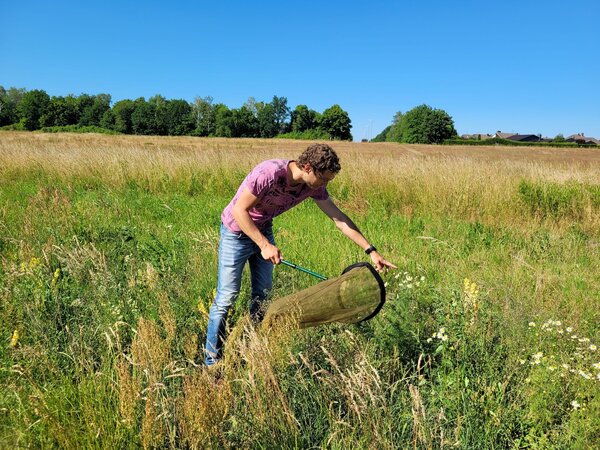
With the monitoring of biodiversity in agricultural landscapes, we are developing an important structure for nationwide biodiversity monitoring. Up to now, Germany has lacked monitoring programmes specifically tailored to agricultural areas, which do not consider biodiversity as a purely protective good, but as the basis for a sustainable agricultural and food system. Through our work, we are creating a nationally representative and scientifically robust data basis that is consistently aligned with political fields of action at both national and European level. The achievement of objectives and the effectiveness of agri-environmental policy support instruments are to be verified by means of indicators and, if necessary, indications for the adaptation of measures are to be derived.
With the European Green Deal and its supporting strategies, as well as the instruments of the CAP, the EU aims at a transformation process towards sustainable agriculture, healthy food and environment based on the conservation and promotion of biodiversity and its functions and services. Against this background, the need for biodiversity monitoring in agricultural landscapes becomes clear. EU member states will have to report on the achievement of binding target agreements. Germany will therefore have to generate a data basis in the future that will allow it to calculate and report on corresponding indicators. Against this background, together with other Thünen Institutes and partners from federal research, we are developing methods and indicators for comprehensive monitoring of biodiversity in agricultural landscapes (MonViA).
The aim is to create a comprehensive and solid data basis for Germany that will provide answers to the following questions in the future:
- What influence do land use and agricultural structure have on the development of biodiversity in open agricultural landscapes?
- How do changes in biodiversity affect the performance and stability of agroecosystems?
- How do agricultural and environmental policies affect biodiversity?
Responsible scientists:Jens Dauber, Petra Dieker, Sebastian Klimek, Christian Levers, Diana Sietz, Jan Thiele
Current topics
Modelling biodiversity trends in agricultural landscapes is a critical means to provide insights into the complex relationships between agricultural practices, biodiversity, ecosystem service provisioning, ecosystem resilience, and policy-making. Establishing robust knowledge on the effects of land-use practices, ranging from biodiversity responses to the functioning of entire ecosystems can inform decision-making, support sustainable agriculture, and contribute to the conservation of biodiversity in agricultural landscapes, which are essential for maintaining healthy ecosystems and sustainable food production systems.
Responsible scientists: Sebastian Klimek, Christian Levers
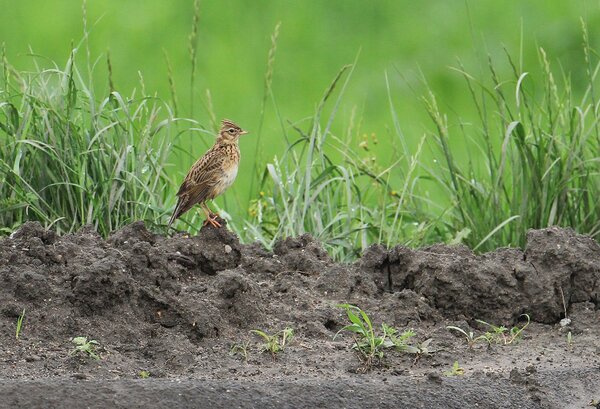
Biodiversity in agricultural landscapes plays a crucial role in providing ecosystem services, such as pollination, pest control, and nutrient cycling, which are vital for maintaining agricultural productivity. Monitoring and modelling biodiversity trends in agricultural landscapes can foster understanding how agricultural practices impact biodiversity and how changes in biodiversity affect the provision of ecosystem services and the sustainability of agricultural systems. This allows recognizing early signs of loss/recovery, informed conservation strategies and planning by, for example, identifying key areas where conservation efforts should be focused, and guiding the development of sustainable agricultural practices that support biodiversity, leading to improved ecosystem services and enhanced agricultural productivity. This is particularly important as agricultural landscapes are vulnerable to various drivers of change, such as climate change or changes in agricultural management (intensity), but also crucially to the presence of ecosystem services. Understanding how biodiversity contributes to the resilience and adaptive capacity of agricultural landscapes is therefore key in developing strategies to mitigate and avoid the negative impacts of environmental and management changes on biodiversity and maintain the resilience of agricultural landscapes. Ultimately, models can play an important role in communicating scientific results to various stakeholder and inform policy and decision-making processes related to agricultural landscapes. Such models provide valuable insights and allow assessing the potential impacts of different agricultural practices, policies, or conservation measures on biodiversity.
In cooperation with the Dachverband Deutscher Avifaunisten (DDA) and the Helmholtz Zentrum für Umweltforschung (Helmholtz Centre for Environmental Research), joint data analysis of the monitoring of common breeding birds and the butterfly monitoring will be used to assess the extent to which these monitoring programmes allow statements to be made about changes in agricultural landscapes. To this end, we investigate the effects of agricultural land use and landscape structure on the number and abundance of birds and butterflies in space and time. This will provide a better understanding of the main factors influencing distribution patterns and population changes. Based on the results, we derive recommendations for the further development of agri-environmental policy for improved protection of birds and butterflies.
In this research topic, we address the following overarching research questions:
- How do land use and land use intensity affect biodiversity in agricultural landscapes?
- How do policy measures, such as agri-environmental programmes, affect the development of biodiversity?
- How does landscape structure modulate/reinforce biodiversity dynamics?
In order to record the diversity and variability of soil microbiomes on larger geographical scales and over a period of decades, a coordinated procedure for the selection of sampling points, for the transport and storage of soil samples, for laboratory extraction and sequencing of soil DNA, as well as for bioinformatic and statistical data analysis is absolutely necessary. For this purpose, we develop and publish recommendations based on our own experimental investigations.
Responsible scientists: Christoph Tebbe
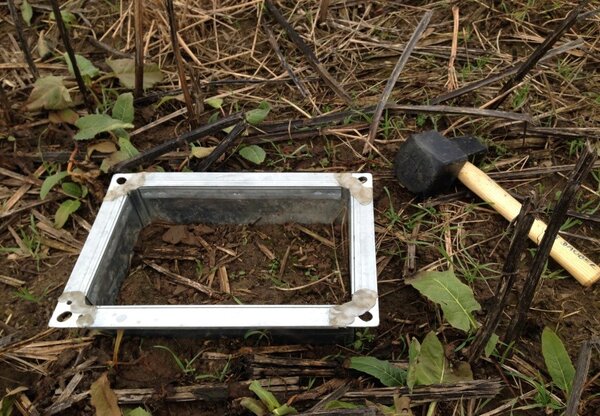
The importance of soil microbiomes for ecosystem services is undisputed today, and yet we hardly know how agricultural measures affect their diversity and performance and how microbiomes can change over longer periods of time, for example in the course of new land use or also due to climate change. Reliable data suitable for modelling require large-scale monitoring and long-term studies. A scientifically sound harmonisation of methods in an international context is important here: this refers to the question of how to find and sample meaningful sites and use gradients on large geographical scales, or even which protocols to follow for the transport, storage and analysis of soil samples.
For microbiome monitoring, DNA analyses are the method of choice to obtain information about their structural and functional diversity. Our investigations within the framework of the MonViA project showed that site-typical microbiomes can be detected regardless of how soil samples were taken and stored. However, more detailed analyses showed that certain groups of bacteria and especially fungi were more difficult to detect from dried soil samples than from immediately frozen or fresh samples. The usual method of soil sieving caused an experimentally falsified decrease in the diversity of the microbiome, but on the other hand increased the yield of DNA, presumably by breaking up aggregates. Seasonal changes should also be taken into account when monitoring. Sampling in spring is best, as the short-term influence of the crop grown on microbial diversity can be kept very low. Over the course of the year, fungi and protists were more variable than bacteria and archaea.
Sequencing methods promise high performance for biodiversity monitoring, especially for microorganisms that are too small for conventional observation methods. Prerequisites for such analysis are reliable reference databases and specialised software. We support other working groups in the Institute in curating databases and implementing bioinformatics software. At the same time, we develop our own methods for species identification from metagenomic datasets.
Responsible scientists: Brandon Seah
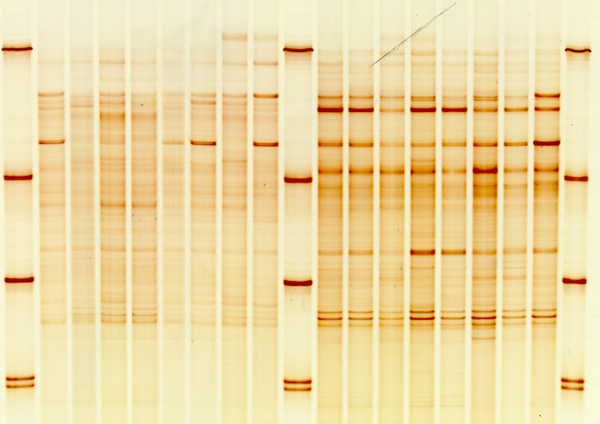
The sequencing of molecular "barcodes", i.e. short gene fragments for species identification, is a promising method in biodiversity monitoring. Compared to traditional morphological identification, barcoding can be used to identify species in incomplete samples, in poorly known developmental stages, and even in free DNA from the environment (so-called "environmental DNA" or eDNA).
This promise can only be fulfilled if we have trustworthy, complete reference databases that represent a wide variety of target group species. In practice, such reference sequences are taken from public research databases, which come from different sources and must first be curated and edited to meet the needs of a monitoring project. For example, a species may be known under different names in different databases. During curation, these names and different classifications should be harmonised.
As in the laboratory, the processing of data in silico should also follow standardised procedures. In monitoring, reproducibility is particularly important as data is collected and processed over a long period of time.
Therefore, our goals are as follows:
- Development of consistent, transparent, and reproducible software pipelines for biodiversity monitoring
- Application of modern tools for sustainable, collaborative software development
- Application of the FAIR principles (Findable, Accessible, Interoperable, Reusable) from data management to research software
- Critical evaluation of methods for data curation and taxonomic harmonisation
Responsible scientists: Jens Dauber, Petra Dieker
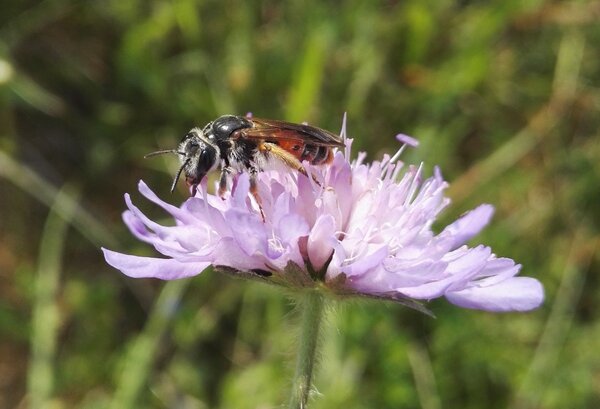
We are designing a wild bee monitoring in agricultural landscapes (https://wildbienen.thuenen.de), which includes modules for a nationwide trend monitoring as well as question-oriented monitoring approaches for the evaluation of biodiversity-promoting measures and pollination. A key feature of wild bee monitoring is the involvement of rural stakeholders and interested citizens. With the wild bee monitoring in agricultural landscapes, the Thünen Institute is laying a foundation stone for a nationwide wild bee monitoring.
For Citizen Science-based monitoring approaches, we develop and test together with volunteers non-lethal recording methods for wild bees, but also how we obtain information about food and nesting resources. In addition, we are laying the scientific foundations for future-oriented automated surveys.
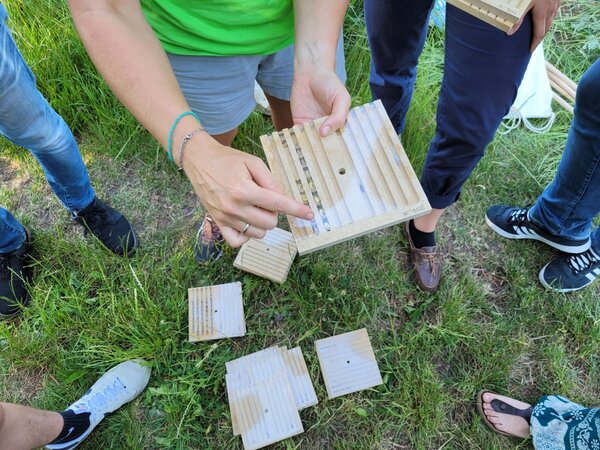
How is biodiversity changing in the medium and long term? How the surrounding agricultural landscape, including its use? What influence does this have on ecosystem services? And how do political decisions affect these different components? Answers to these questions are to be communicated by means of indicators that follow the DPSIR model of the EEA (1998) and describe either changes in conditions, pressures, impacts or policy responses.
In wild bee monitoring in agricultural landscapes, volunteers, wild bee experts and scientists work together. Together they collect data on the occurrence, frequency and timing of wild bees and relate this information to the surrounding agricultural landscape. In the future, five monitoring modules will create a scientifically reliable data basis for Germany that will provide information on the development of wild bee populations, the effectiveness of biodiversity-promoting measures and the pollination situation.
Since 2020, three modules have already been designed in the area of trend monitoring, which should allow us to describe changes in wild bee populations and their habitats in the future. In order to enable everyone to participate and to increase our knowledge of wild bees in the long term in both senses, we have created the nesting aid monitoring and the bumblebee monitoring modules, which provide interested citizens with an introduction to wild bee identification. In addition to the citizen science-based monitoring modules, wild bee experts will in future record the entire wild bee species spectrum in agricultural landscapes nationwide on a fixed sampling basis.
Currently, there are two modules of the question-oriented monitoring to assess the effectiveness of biodiversity-promoting measures and to estimate the pollination situation in development.
The wild bee monitoring in agricultural landscapes will lay the foundations for a diverse policy advice for the political fields of action GA, NRL, New Deal for Pollinators/EU Pollinator Iniative and Insect Protection Act.
An important concern of wild bee monitoring in agricultural landscapes is to develop non-lethal recording methods. Furthermore, these methods should be able to be used by anyone in the field - regardless of whether one has experience in dealing with insects. Our method developments are in the areas of standardised recording of wild bees and their food resources, automated activity recording as well as recordings using molecular biological approaches.
Indicators are being developed for monitoring biodiversity in agricultural landscapes and for wild bee monitoring, which should allow us in future to show connections between political decisions and changes in biodiversity in agricultural landscapes.
The indicators developed contribute to the fulfilment of European and national reporting obligations.

![[Translate to English:] [Translate to English:]](/media/_processed_/e/3/csm_Demetra2_c8a192c0f8.jpg)
![[Translate to English:] [Translate to English:]](/media/_processed_/e/2/csm_Demetra1_Panorama_8557ee3b13.jpg)





